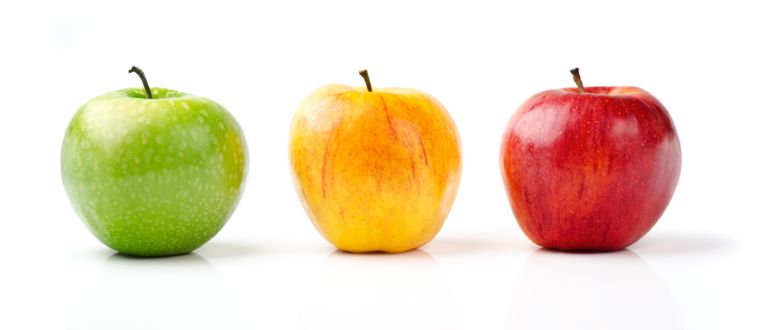It is easy to understand the underpinnings of this problem, and yet it is extremely complex to succeed in overcoming this problem. The problem stems from two indisputable facts:
- Poor students consistently demonstrate lower achievement than their non-poor peers.
- The proportion of poor students in our nation's public schools is over 50% and is growing.
I will examine this challenge from three perspectives:
- Poor students who have succeeded in our schools
- Understanding the special and different needs of poor students
- Expert advice on successfully educating poor students
--------------------------------------------------------------------------------------------------
The Challenge of Educating Poor Students - Part 2
People who grow up in a middle class (or higher) home environment may take for granted simple life experiences that poor students and their families never experience. Well-meaning teachers may have never experienced living in a poor environment and working with poor people until their first year in the classroom. Particularly since school teachers must have a college degree and it is rare for poor people to earn a college degree, teachers are generally from a middle class (or higher) background.
Here is a short list of challenges for most poor students:
1) Regular, quality medical care
Middle class families generally have a regular doctor for their children. When children are sick, they go to the doctor and they get better in a couple of days. When poor students get sick, they don't have access to a doctor or to medicine; this makes them sicker. When they are too sick to come to school, they generally miss more school days because it takes them longer to get better. And if they come to school when they are sick, it is harder for them to concentrate on their school work.
A lack of medical care leads to other issues that are more prevalent among the poor such as untreated ear infections and hearing loss issues, greater exposure to lead, and a higher incidence of asthma (source). All of these health issue contribute to higher absenteeism and lower engagement with class lessons at school.
2) Small vocabulary when they start school
Students from poor households hear and use considerably less words than students from middle class households. This puts poor students at an academic disadvantage from their first day of kindergarten. Students who are less able to use words to express their feelings and to explain their thinking because frustrated and soon shy away from activities that involve reading because they don't want to appear less able than their peers.
Opportunities to increase each students' personal vocabulary must be of primary importance for poor students. We know from multiple studies that students who are not reading on grade level (or above) by third grade have a reduced chance of graduating from high school. (source) This is a significant risk factor for poor students. In 2013, the overall national high school graduation rate was 81.4% but the rate for poor students was only 73.3%.
3) Fixed vs. Growth Mindset
Stanford psychologist, Carol Dweck, and her book Mindset has taken the education world by storm over the past few years. And so it should. She has proved that students who believe that they are not smart will refuse to try to succeed. This is the belief of the "Fixed" mindset; the one that says, "I have a fixed capacity for learning and no matter how hard I try I won't get any smarter." In fact, nobody has a brain that isn't capable of learning more.
But poor students are more likely to believe in the Fixed Mindset because they are less likely to see the many opportunities that will be offered to them in the future beyond high school and college graduation. Poor students need to be praised for their effort and teachers need to point out when their thinking has led to a great solution to a problem. Students with Fixed Mindsets believe that they just got lucky whenever they get a good test grade. They need to understand that it is their effort and their learning that led to that good test grade.
Teachers at every level (elementary, middle, and high school) can help poor students to succeed. But we have to understand the deficiencies that they bring to school and we cannot label every lack of effort as "laziness". Some poor students do succeed; they are the lucky ones. They probably had great teachers and caring parents or caring authority figures at home. Overcoming these deficiencies is a very difficult job for our public schools; but understanding the problem is certainly the first step.
All teachers should receive some training in the education of poor students.


Loved reading this thank yyou
ReplyDelete